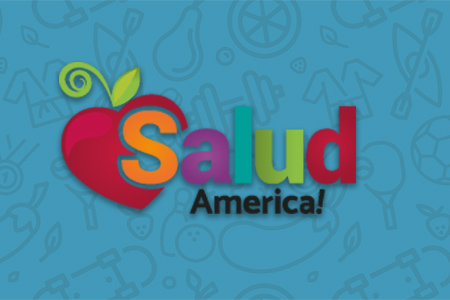
Share On Social!
 More than 84 percent of all foods and beverages advertised to children on Spanish-language television shows are unhealthy, according to a study published in the Journal of Health Communication.
More than 84 percent of all foods and beverages advertised to children on Spanish-language television shows are unhealthy, according to a study published in the Journal of Health Communication.
Among companies that pledged to reform their child-directed advertising practices to encourage healthier choices, 78 percent of ads for children on Spanish-language television and 69 percent of ads for children on English-language television were for unhealthy foods or drinks.
The study, “Food Marketing to Children on U.S. Spanish-Language Television,” is the first large-scale effort to analyze food and beverage advertising on Spanish-language children’s television. It was funded by the Robert Wood Johnson Foundation through its Healthy Eating Research program.
“All children, and especially Latinos, are bombarded with television ads that sell junk food and sugary drinks,” said Dale Kunkel of the University of Arizona at Tucson and the lead author of the study. “These findings are particularly concerning given the high rates of obesity among Latino youths.”
Kunkel and his colleagues analyzed the ad content for 158 Spanish-language television shows for children and compared them with those found on 139 English-language programs. The ads analyzed for the study were collected between February and April 2009.
The majority of child-directed ads (84% on Spanish shows and 74% on English shows) promoted Whoa products, such as candy, sugary cereals, fries, and sodas, which fall into the poorest nutritional category as defined by the U.S. Department of Health and Human Services (DHHS). Whoa products are high in calories, fat, and/or added sugar. The DHHS recommends very limited consumption of such items.
Other key study findings:
- Fast-food commercials accounted for nearly half (46%) of all child-targeted food advertising on Spanish-language television.
- More than three-quarters (78%) of all Spanish-language food ads used popular cartoon characters to market Whoa products. The same was true for 49 percent of English-language ads.
- Ads for healthy foods, such as fruits and vegetables, were extremely rare, accounting for just 1 percent or fewer of all ads in either language.
“Our findings suggest that the food and beverage industry’s pledge to self-regulate is not effective, especially on Spanish-language television,” Kunkel said. “Most of the ads aimed at kids feature Whoa products, so clearly there’s a big gap between the industry’s definition of healthy and what nutrition experts say.”
Explore More:
Maternal & Child HealthBy The Numbers
20.7
percent
of Latino kids have obesity (compared to 11.7% of white kids)



